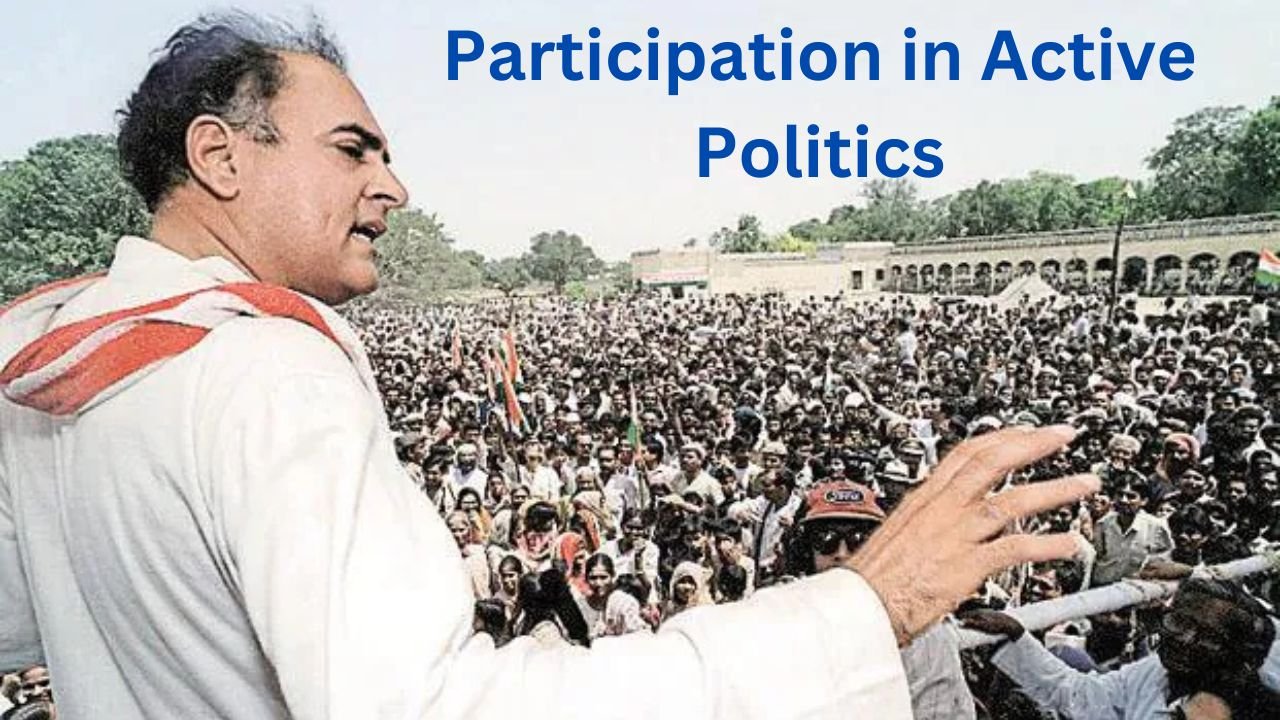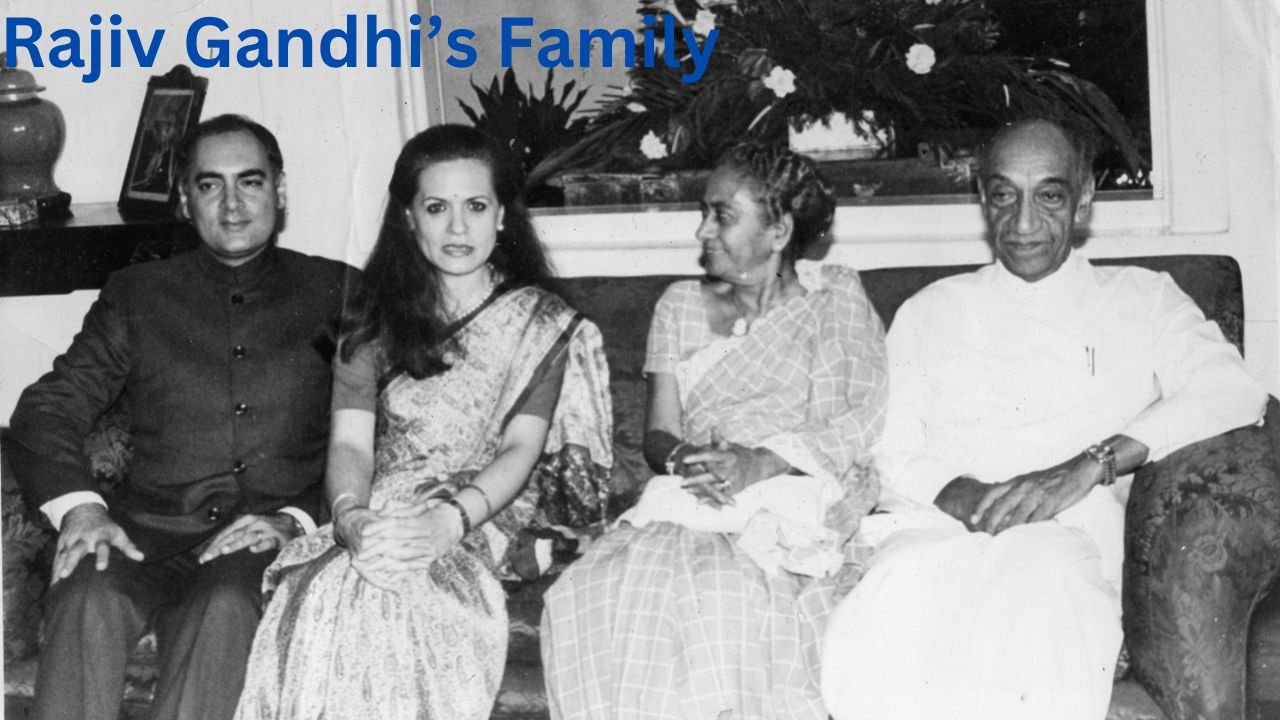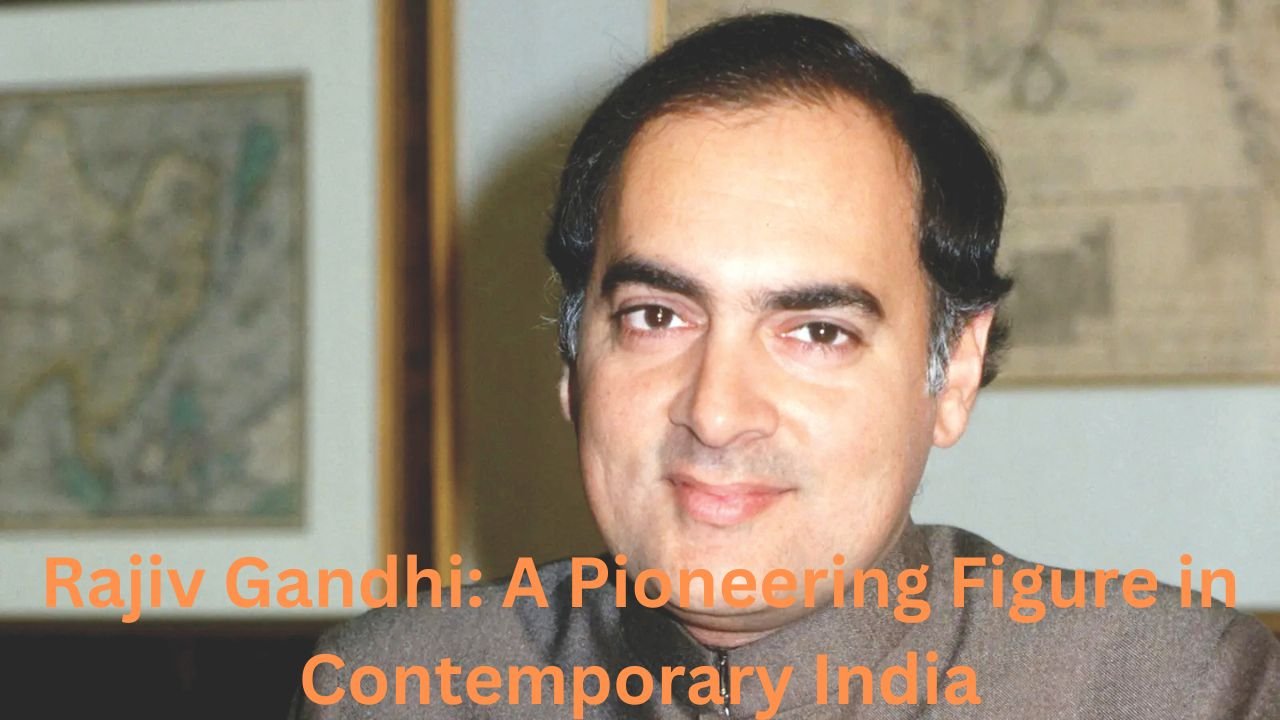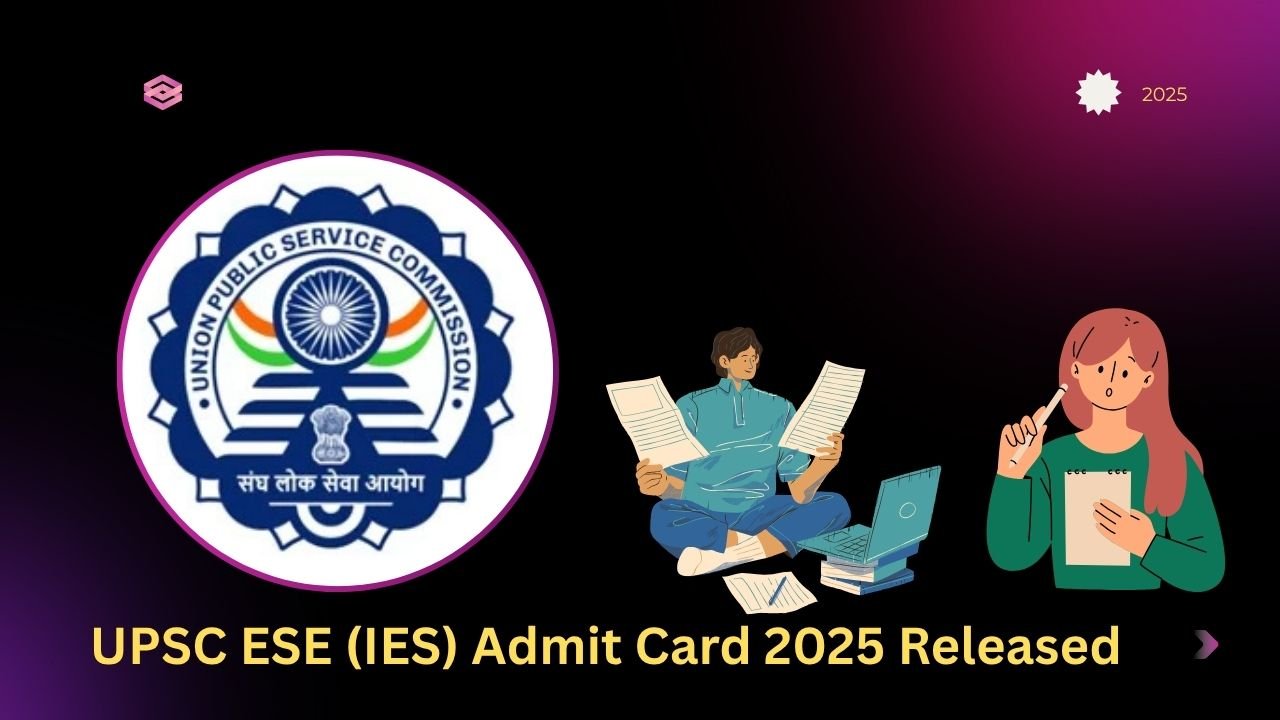Rajiv Gandhi: India’s youngest Prime Minister, Rajiv Gandhi, made a lasting impact on the political, social, and economic landscape of the country. He was the scion of the Nehru-Gandhi dynasty, and under his leadership, Indian governance embraced modernism and technology. India is still shaped by Rajiv’s legacy despite his tragic and contentious tenure. From Rajiv Gandhi’s early years to his tragic death, this site explores his life and times.
Early Life and Career of Rajiv Gandhi
Born on August 20, 1944, in Bombay (now Mumbai), Rajiv Gandhi was the elder son of Feroze Gandhi and Indira Gandhi. As the grandson of India’s first Prime Minister, Jawaharlal Nehru, Rajiv was exposed to politics from a young age. However, he initially steered clear of the political arena.
Educated at Welham Boys’ School and the Doon School in Dehradun, Rajiv demonstrated an early interest in science and technology. He pursued engineering at Trinity College, Cambridge, but later transferred to Imperial College London. Despite his academic pursuits, Rajiv chose a different path, opting for a career as a commercial pilot with Indian Airlines in 1968.
It was during his time as a pilot that Rajiv met and married Sonia Maino, an Italian student. The couple led a quiet life, far removed from the political limelight. However, destiny had other plans for Rajiv Gandhi.
Entry into Politics
Rajiv’s political journey began reluctantly. The untimely death of his younger brother, Sanjay Gandhi, in a plane crash in 1980 left a void in Indian politics. Under pressure from his mother, Indira Gandhi, and senior Congress leaders, Rajiv entered politics to continue Sanjay’s legacy.
Elected to Parliament from Amethi in Uttar Pradesh, Rajiv adopted a measured approach to politics, relying on his technical acumen and modern outlook to address contemporary challenges.
Participation in Active Politics
Rajiv quickly rose through the ranks of the Indian National Congress. He became General Secretary of the party and played a significant role in strategizing election campaigns. Known for his organizational skills, he revamped the Congress party, bringing in young leaders and adopting a more dynamic approach.
His initial years in politics earned him the moniker “Mr. Clean,” as he represented a new generation of politicians, untainted by the corruption allegations that plagued many of his contemporaries.

1984 Anti-Sikh Riots Post Indira Gandhi’s Death
The assassination of Indira Gandhi on October 31, 1984, marked a turning point in Rajiv Gandhi’s life. Thrust into the role of Prime Minister amid a national crisis, Rajiv faced the dual challenge of managing communal violence and stabilizing the nation.
The anti-Sikh riots that followed Indira’s death left thousands of Sikhs dead, causing widespread outrage. Rajiv’s controversial statement, “When a big tree falls, the earth shakes,” drew criticism and remains a contentious aspect of his legacy. While his government took steps to control the violence, critics argue that it failed to act swiftly enough
Prime Minister of India
At the age of 40, Rajiv Gandhi became the youngest Prime Minister of India. His tenure from 1984 to 1989 was marked by significant reforms and controversies alike. Rajiv aimed to modernize India, ushering in an era of technological advancement and economic liberalization.
Prime Ministerial Roles and Key Cabinet Ministers
Rajiv’s cabinet included dynamic leaders like P. Chidambaram, Arun Nehru, and Madhavrao Scindia, among others. This young brigade, often referred to as the “Dosco Mafia” or “Doon Cabinet” due to their shared alma mater, brought a fresh perspective to governance.
Law against Defection
The passage of the Anti-Defection Law in 1985 was one of Rajiv Gandhi’s most significant accomplishments. The goal of this regulation was to reduce political instability brought on by lawmakers’ frequent party switching. Rajiv guaranteed accountability and reinforced parliamentary democracy by requiring defectors to be disqualified.
Congress Sandesh Yatra, 1985
Rajiv started the Congress Sandesh Yatra in an effort to engage with workers at the grassroots level. The Congress’s mass base was strengthened, and party cadres were given new life by this effort. Rajiv’s dedication to including the general public in the political process was shown throughout the Yatra.
Mass Connect Programs through Bharat Yatra
Rajiv further expanded his outreach through the Bharat Yatra, an ambitious nationwide program aimed at engaging directly with citizens. Traveling extensively across rural and urban India, he listened to people’s grievances and shared his vision for a progressive nation.
Economic Policy
Rajiv Gandhi’s tenure witnessed significant economic reforms. He focused on liberalization, reducing bureaucratic red tape, and promoting private enterprise. His policies encouraged foreign investment and aimed to modernize India’s industrial sector.
The establishment of computer and software industries under his leadership paved the way for India’s IT revolution. Rajiv envisioned India as a technology-driven economy, laying the foundation for its global digital prominence.
Foreign Policy
Rajiv Gandhi adopted a pragmatic approach to foreign policy, emphasizing regional cooperation and global diplomacy.
Pakistan: Despite ongoing tensions, Rajiv sought to improve relations with Pakistan. His meetings with Pakistani leaders aimed at fostering peace, though the efforts yielded limited success due to historical animosities.
Sri Lanka: Rajiv’s decision to send the Indian Peacekeeping Force (IPKF) to Sri Lanka to mediate in the civil war was a bold but controversial move. While it showcased India’s regional leadership, the mission faced criticism for its execution and unintended consequences.

Regional Issues
Northeast India: Rajiv signed the Assam Accord and the Mizoram Peace Accord, addressing insurgency and ethnic strife in the region. These agreements demonstrated his commitment to resolving regional conflicts through dialogue.
Advancing Technology
Rajiv Gandhi championed India’s technological advancements. He established the Centre for Development of Telematics (C-DOT) and promoted computerization in governance and education. His initiatives were pivotal in making technology accessible to the masses, earning him the title of the “Father of India’s IT Revolution.”
Bofors Scandal
The Bofors scandal of the late 1980s tarnished Rajiv Gandhi’s image as an honest leader. Allegations of kickbacks in a defense deal with Swedish arms manufacturer Bofors led to widespread public outcry. Despite denials, the controversy significantly eroded his credibility and political capital.
HDW Scandal and 1989 Elections Defeat
Another scandal involving submarine deals with the German company HDW added to Rajiv’s troubles. These allegations, coupled with growing dissatisfaction over governance, contributed to the Congress party’s defeat in the 1989 general elections.
Assassination
Rajiv Gandhi’s life was tragically cut short on May 21, 1991, during an election campaign in Sriperumbudur, Tamil Nadu. A suicide bomber from the Liberation Tigers of Tamil Eelam (LTTE) assassinated him, retaliating against India’s involvement in the Sri Lankan civil war. His death sent shockwaves across the nation and marked the end of an era
Aftermath
Rajiv Gandhi’s assassination left a void in Indian politics. His legacy remains a mix of visionary achievements and controversial decisions. While his efforts to modernize India are celebrated, the scandals and communal unrest during his tenure continue to invite scrutiny.
Rajiv Gandhi’s Family
Rajiv’s family played a central role in Indian politics. His widow, Sonia Gandhi, later became the Congress party’s president, while his children, Rahul Gandhi and Priyanka Gandhi Vadra, have carried forward the family’s political legacy.
In conclusion
The time Rajiv Gandhi served as prime minister was turbulent and revolutionary. As a leader, he focused on technology, economic reforms, and regional diplomacy, bringing a contemporary perspective to governing. But there were also issues during his reign that still provoked discussion.
The foundation for many of India’s accomplishments in the twenty-first century was established by Rajiv Gandhi’s goal of a technologically sophisticated and economically strong India, notwithstanding the complexity of his legacy. His life continues to serve as a monument to the difficulties and possibilities of leadership in a country as vibrant and diverse as India.










